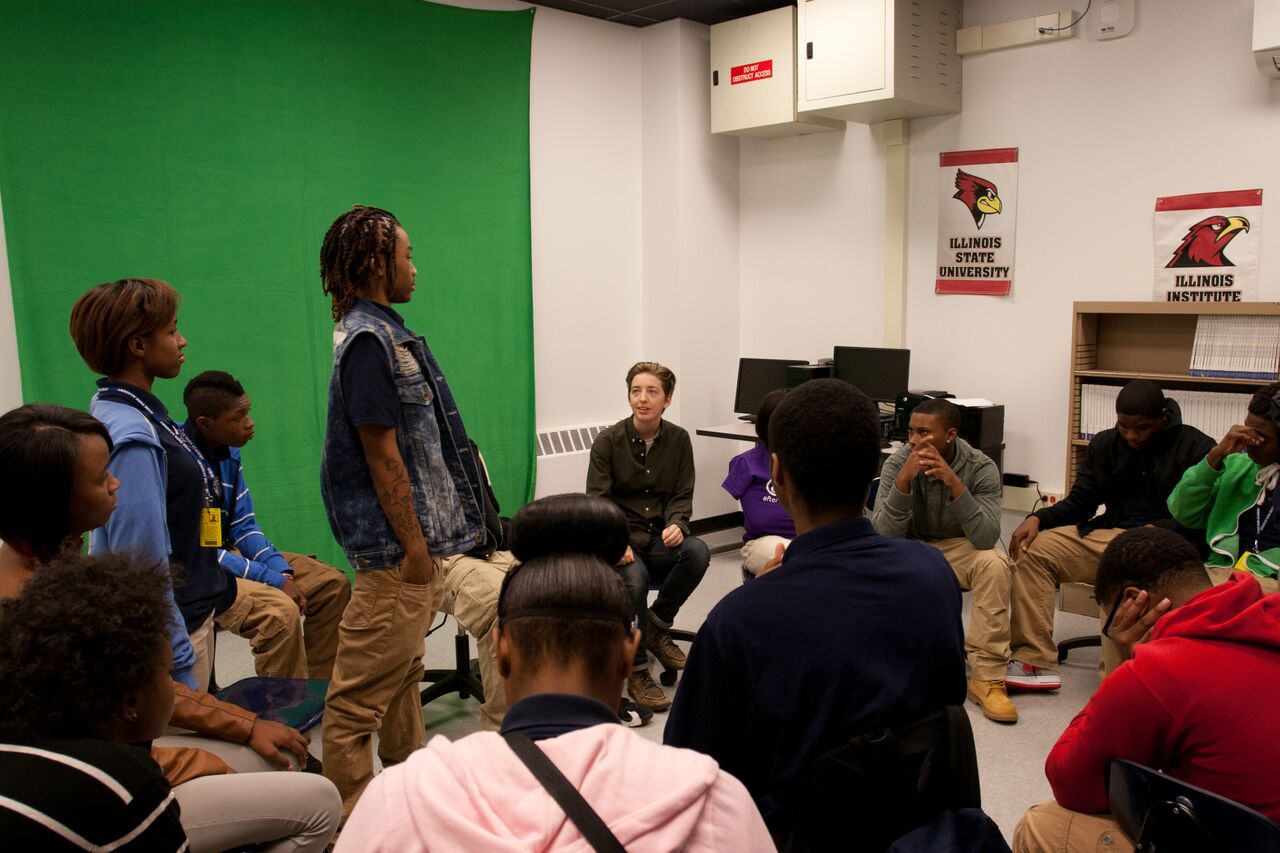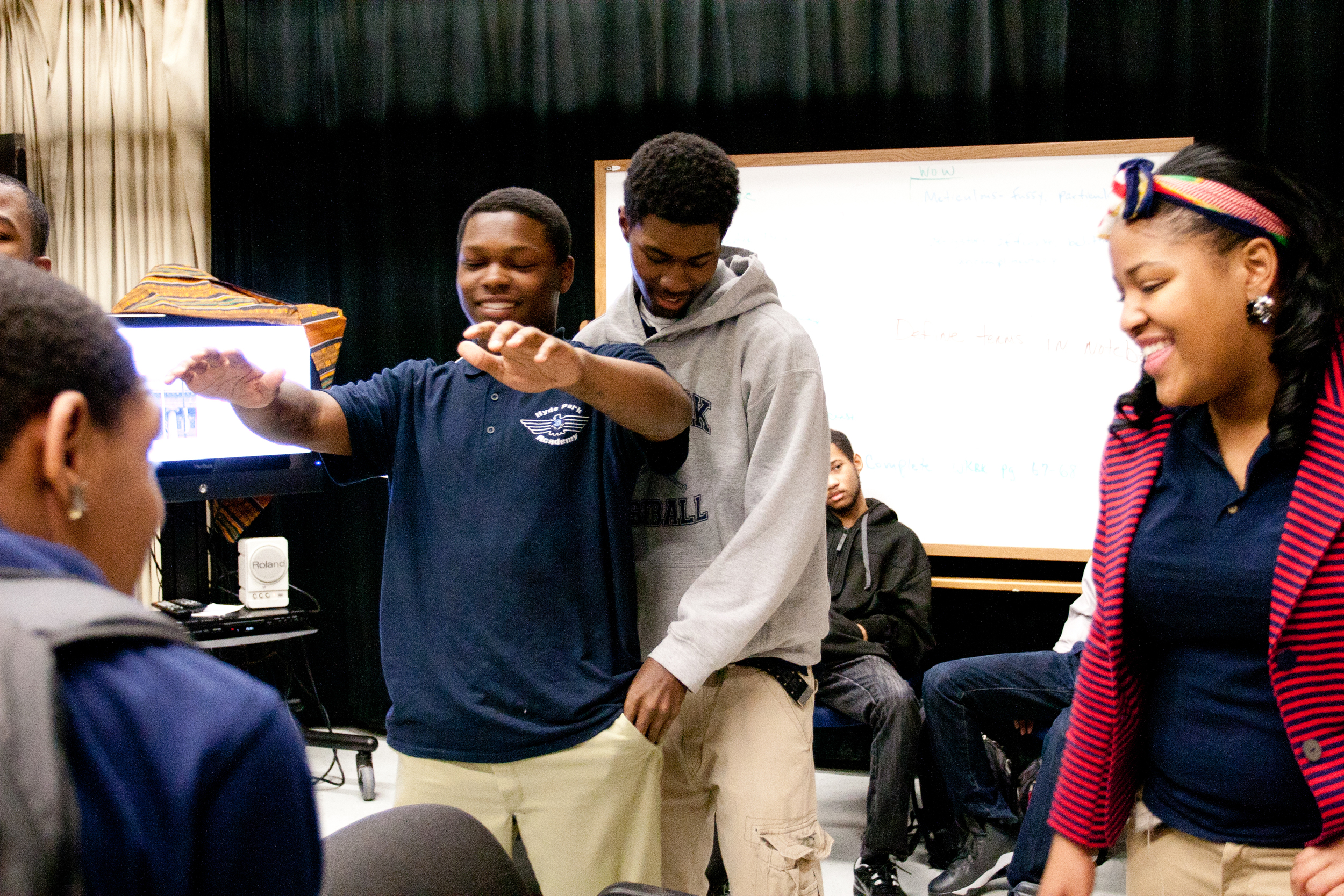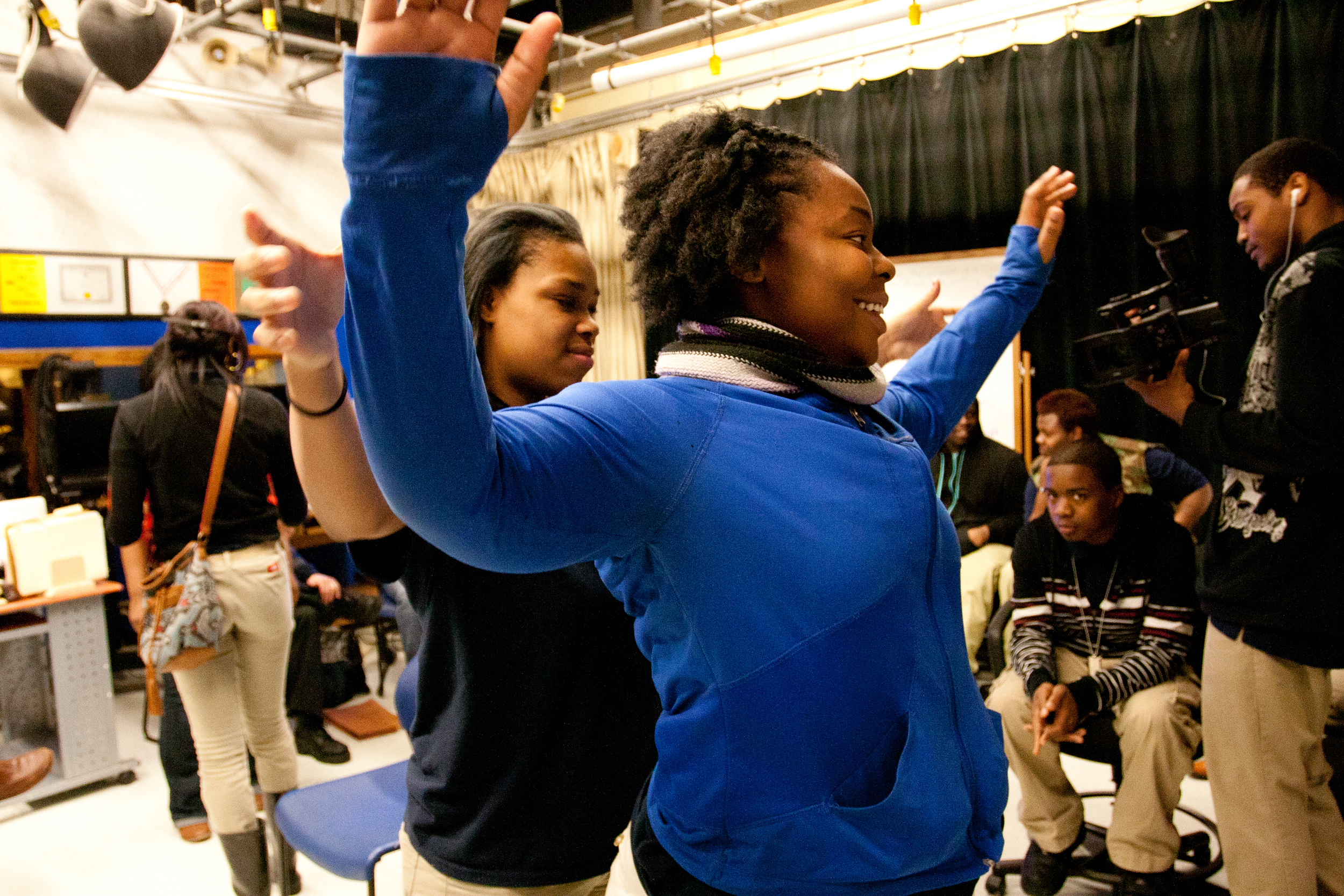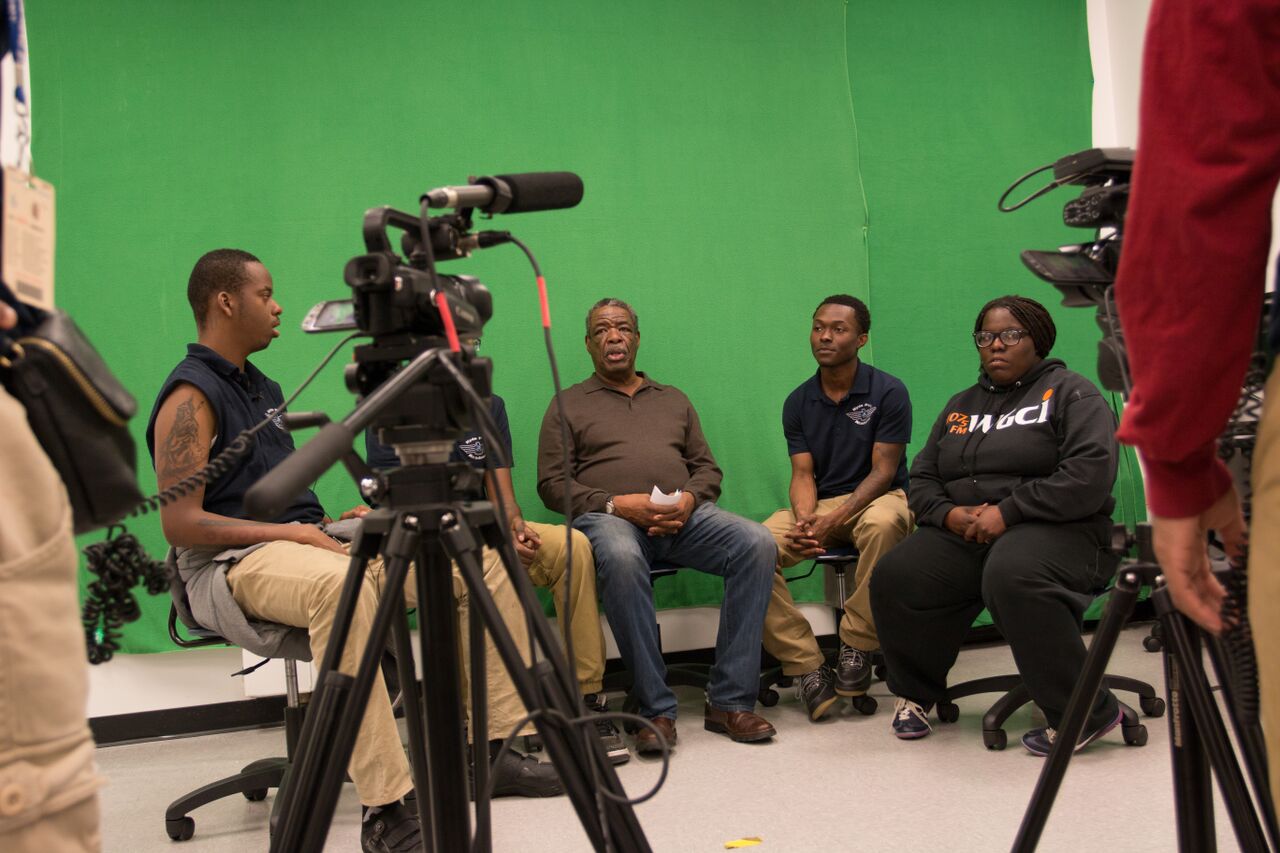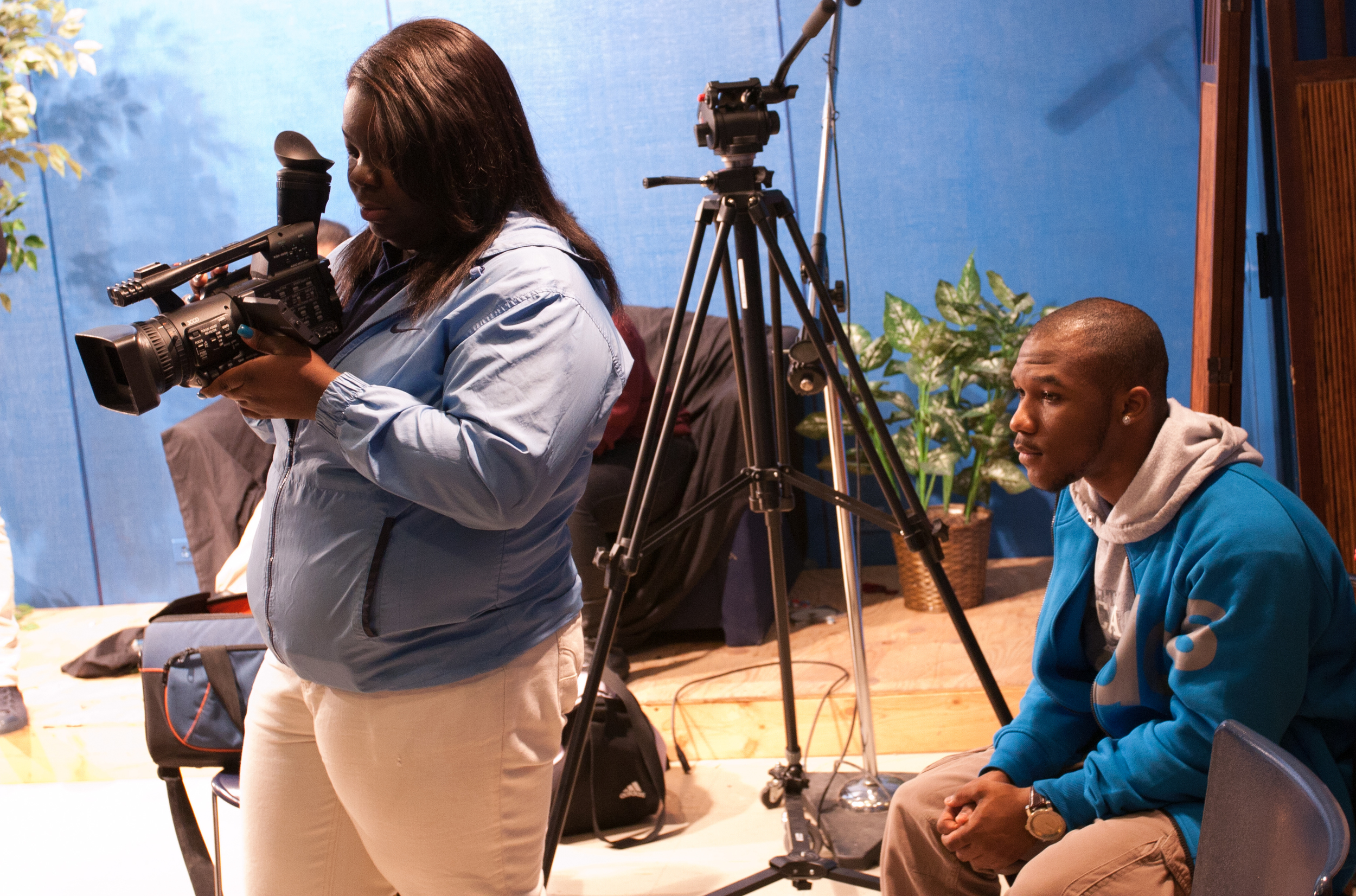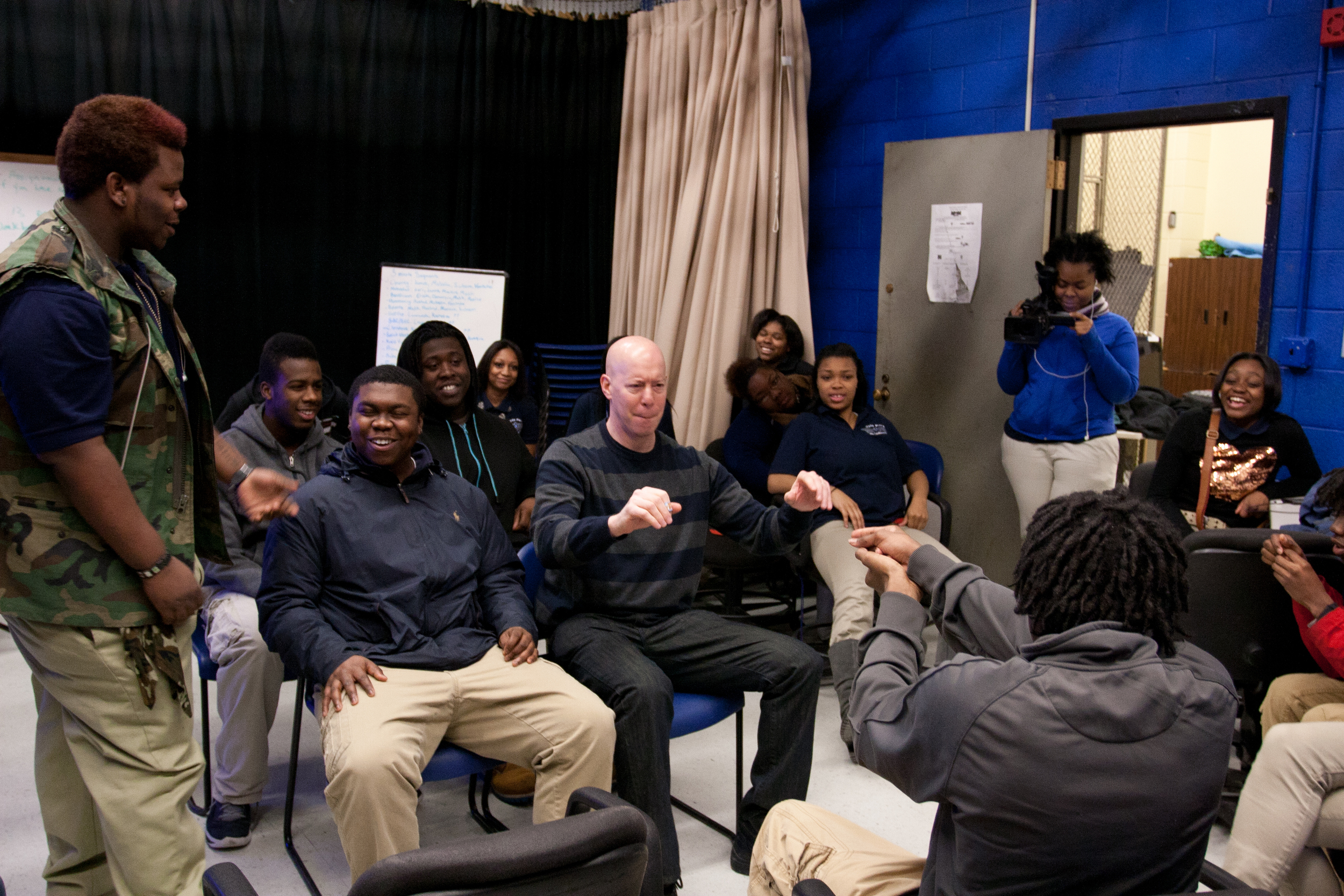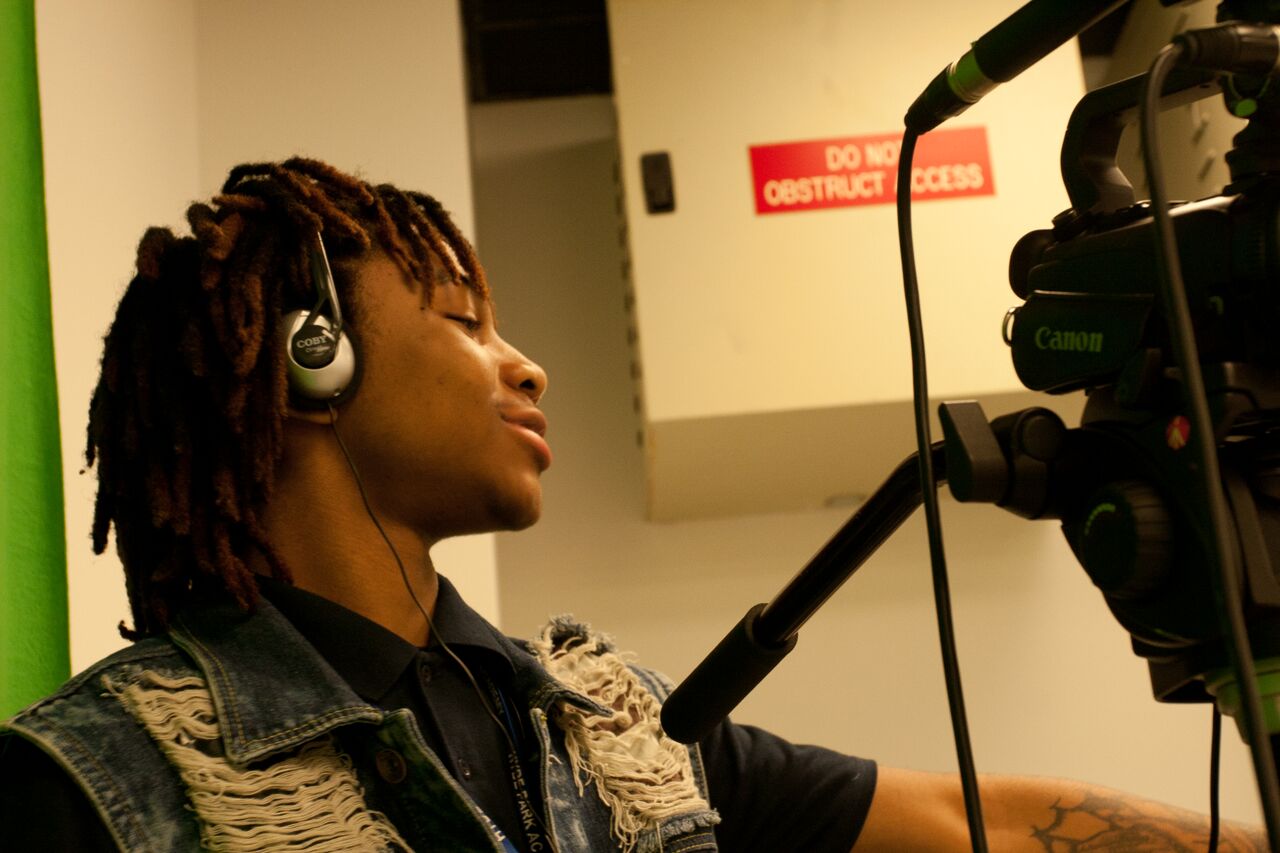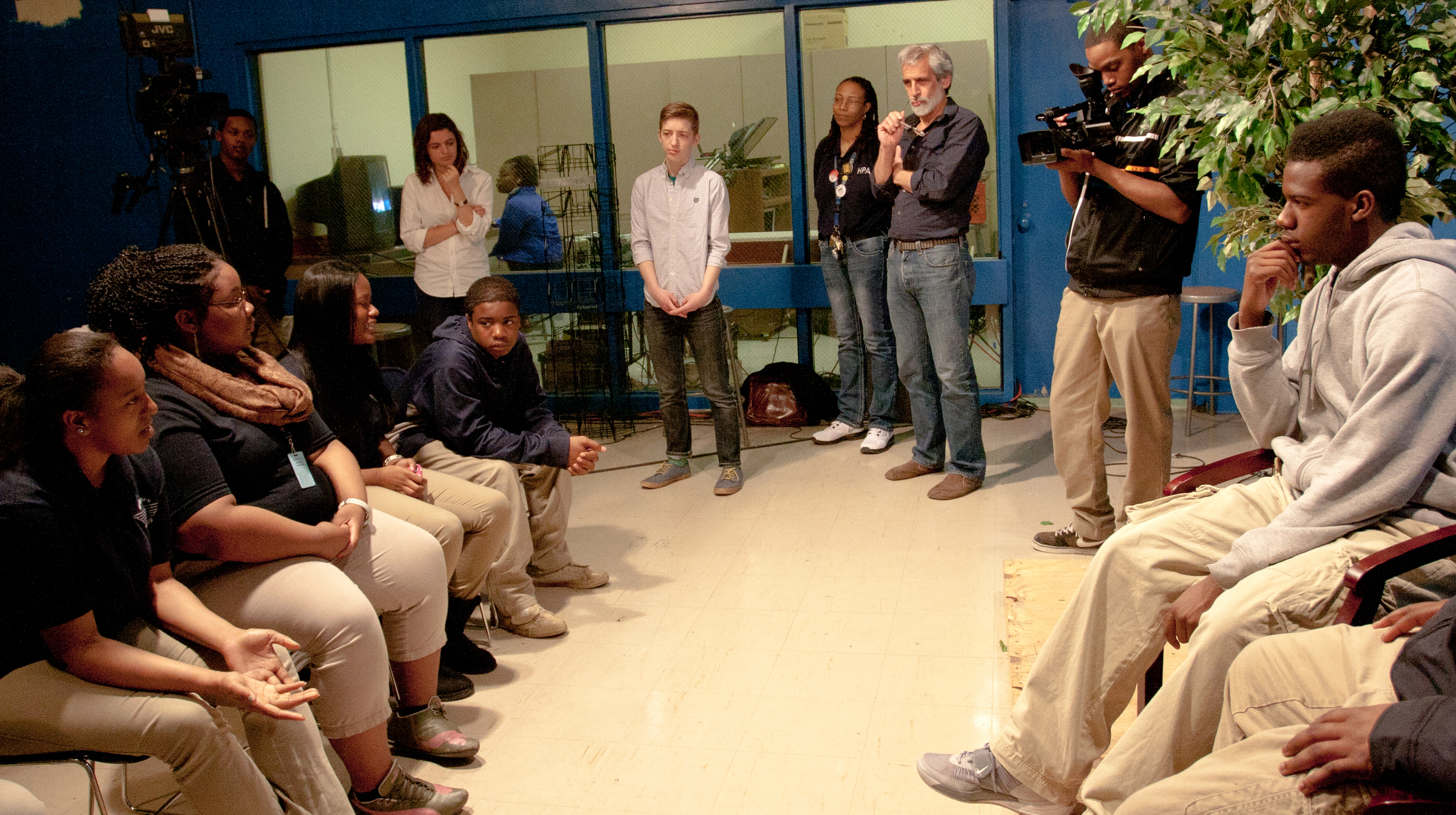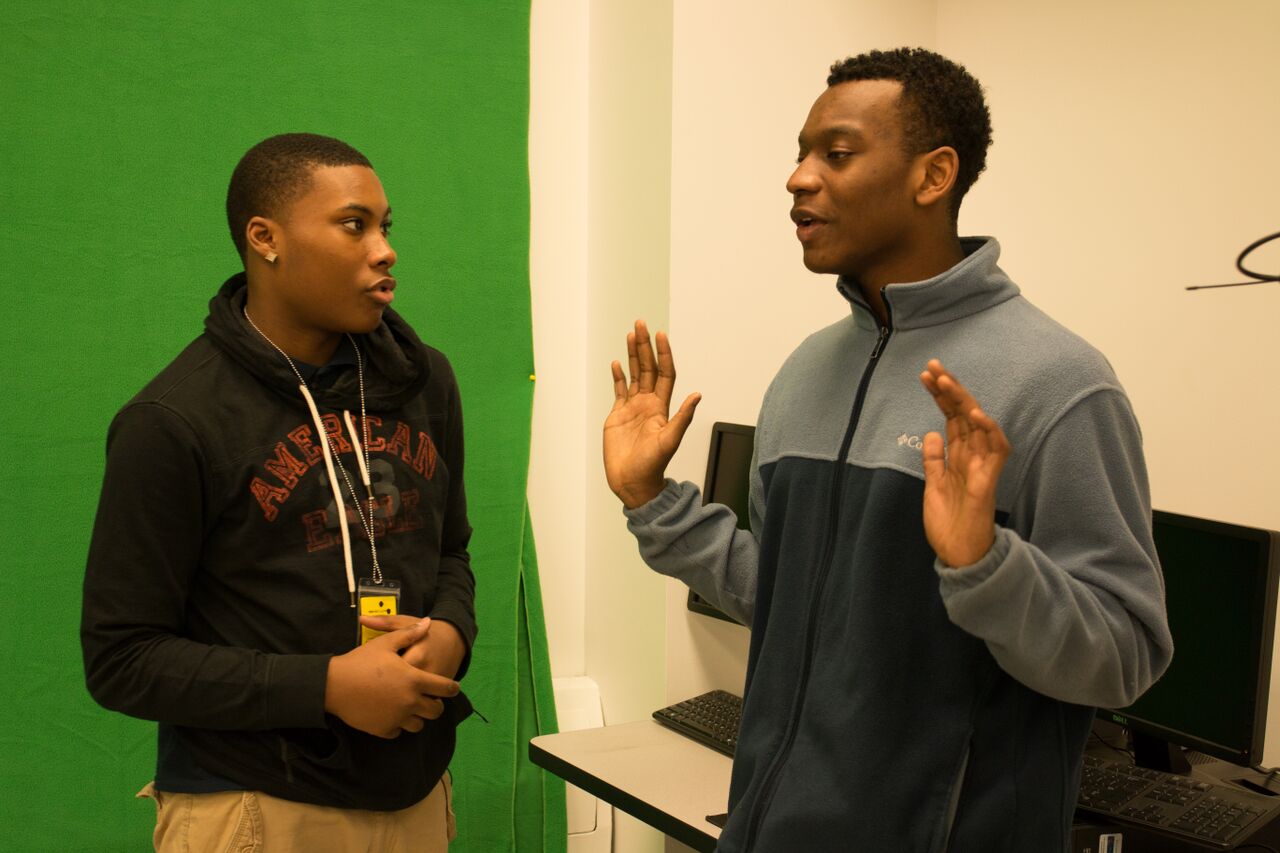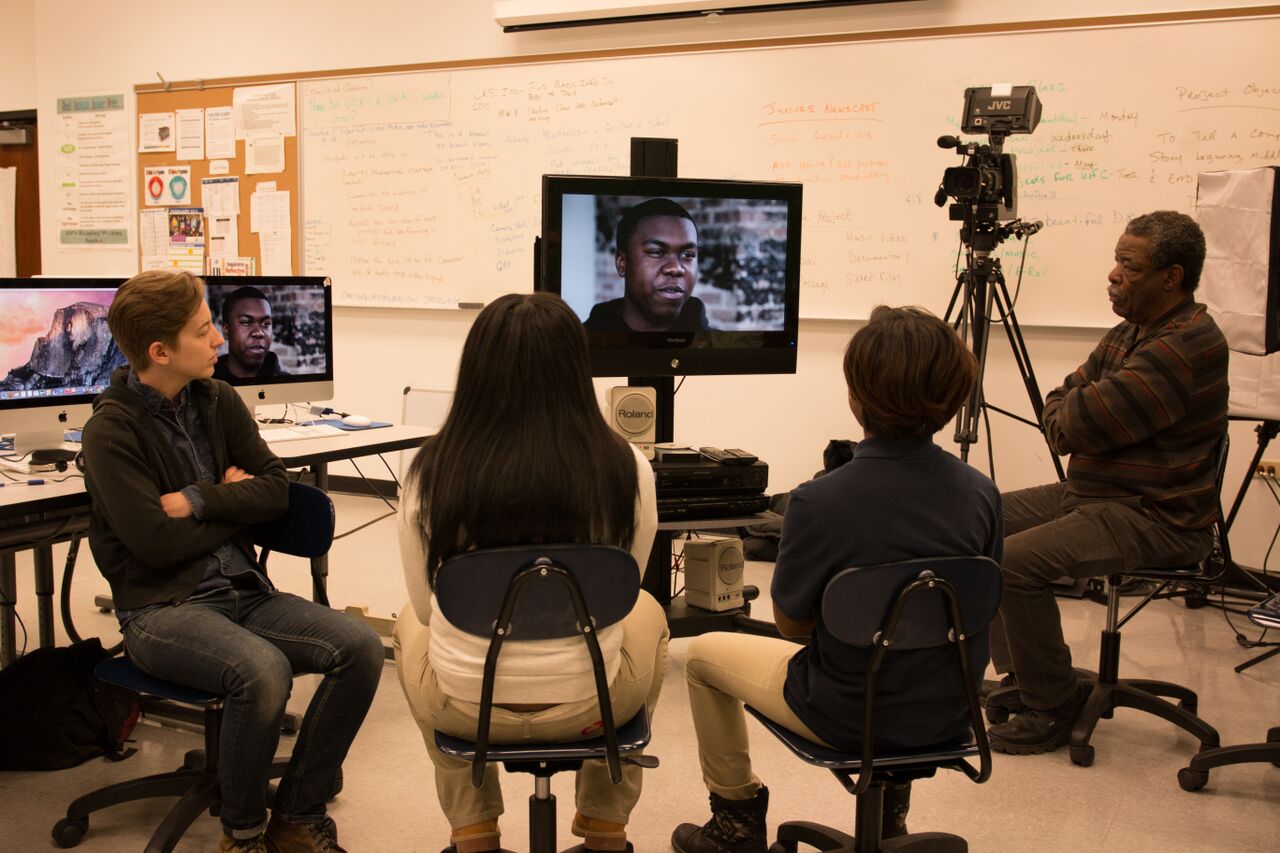youth / police project
For the past nine years, the Mandel Clinic and the Invisible Institute have been engaged in an inquiry into youth-police interactions on the South Side of Chicago. Initially, the aim of the project was to introduce high-school students to practical applications of civil rights law. Toward that end, we conducted workshops in a variety of venues - classrooms, after-school programs, anywhere that would have us.
Over time, it became apparent we had more to learn from the teenagers we were addressing than we had to teach them. The project's center of gravity shifted: our primary objective became building conversations with black teens about how their lives are affected by the character of the police presence in their neighborhoods.
We have focused this inquiry on everyday encounters rather than egregious instances of abuse. Avoiding conventional policy frames (e.g. “stop and frisk”), we ask teens to describe their interactions with police in their own words, to tell us how those encounters make them feel, and to reflect on how their experiences with the police shape their behavior.
In describing the complex terrain they must navigate, the students consistently express doubts that the police will protect them. (“‘Serve and protect’? Not us.”) The attention they do receive from the police is almost always unwelcome. Most often, it takes the form of being stopped, searched, and having their names checked for outstanding warrants.
These stops range from low-key encounters to the aggressive performance art of the so-called “jump-out boys,” plainclothes officers for whom a routine street stop often takes the form of driving their car up on the sidewalk and jumping out with guns drawn.
For some, being stopped is “an everyday thing.” For others, it is a relatively infrequent occurrence. For all, it is an ever-present possibility. There is scarcely a moment they are out in the city when they are not alert to that possibility. It pervades their daily existence.
The project has yielded a steady current of narrative and observation beyond our expectations, unsettling things we thought we understood and suggesting new areas to explore. Teens on the South Side are of necessity close observers of the police. And some have proved to be remarkable witnesses to their own experience, once they gain a foothold outside that experience.
Our process is immersive, organic, and intensely collaborative. We continually experiment with different techniques for eliciting students’ stories, explore new lines of inquiry, and consider how best to engage particular students.
Team members interact with the students in various configurations: one-on-one, in small groups, and as a full class. Students interview other students and on occasion members of the team; and they facilitate discussions with their peers in other HPA classrooms.
Among the various techniques we employ, role-plays have proved especially effective, enabling students to share things they know but may not yet have the words to describe. Acting out various scenarios, they dramatize the ritualized choreography of youth-police interactions with precise nuances of body language, gesture, and tone. In the process, they generate rich material for further discussion.
Operating in the setting of the media program, we use production tools to extend and deepen our conversations. The process of videotaping and editing various interactions - class discussions, interviews, role plays - offers multiple occasions for revisiting stories, advancing inquiries, and renewing the essential challenge: how might you best communicate what you know about the world to others?Our ongoing conversations stir a range of emotions in all involved. Among them: anger, frustration, and fear. There are intense arguments and occasional tears. There is also a good deal of laughter. This is not only an expression of adolescent high spirits. It is also, to our ears, the sound of possibility. When a story or roleplay provokes laughter by bringing home some absurd aspect of the status quo, it nourishes the conviction that we can surely do better.
Critical to our work with South Side teens is, simply, being honest with them. Their attitudes about lack of accountability and unequal treatment are not mistaken; they have an empirical basis. If we do not acknowledge that, they will regard even well-conceived policy interventions with understandable suspicion.
The most important lesson we have learned in the course of the Youth/Police Project is that the young people most directly affected by systemic injustices have a central role to play in their reform. Their experiences and perceptions constitute a necessary perspective. This is not to say it is the only perspective, but rather that in its absence, the public discourse about police accountability is skewed and distorted.
In the summers of 2017 and 2019, we drove groups of our alumni spanning the classes of 2015-2018 to visit the National African American Museum of History and Culture in Washington, D.C. Our alumni trips to Washington D.C. elicited some of the richest conversations we’ve had about safety, freedom of mobility and travel, and policing.
For seven years, we worked in close partnership with teacher Keva McGee, and the students in her Broadcast Technology program at Hyde Park Academy. As those students graduated, our relationships continued outside the classroom, and now our work includes ongoing investigations with alumni of the youth / police project.
In 2020, we transitioned from working in Hyde Park Academy to an alternative school on the South Side of Chicago. Our transition to working in alternative schools reflects our commitment to staying with the demographic of students most likely to interact with police, as well as students we have built relationships with during our years of working at Hyde Park Academy.

